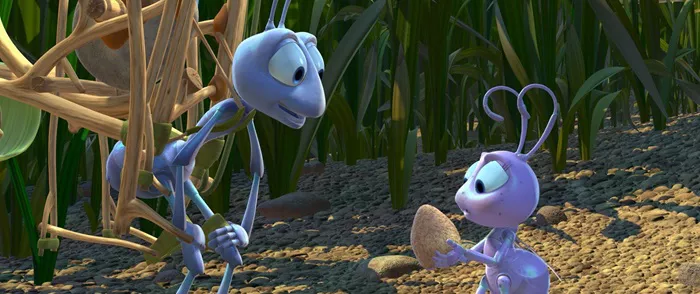In 1998, Pixar Animation Studios released its second feature film, “A Bug’s Life,” following the monumental success of “Toy Story.” As one of the early examples of Pixar’s innovative computer animation, “A Bug’s Life” captivated audiences with its engaging storytelling, vibrant characters, and ground-breaking animation technology. A key aspect of its release and marketing strategy revolved around its accessibility to audiences, particularly children, which is deeply influenced by the film’s rating. This article explores the G rating of “A Bug’s Life,” discussing the rating system, factors influencing the decision, and the broader implications for family-oriented cinema.
Understanding Film Ratings: A Brief Overview
The Purpose of Film Ratings
Film ratings are designed to provide guidance to viewers about the suitability of a film for certain audiences based on its content. In the United States, these ratings are assigned by the Motion Picture Association (MPA), formerly known as the Motion Picture Association of America (MPAA). The ratings system is intended to help parents make informed decisions about what is appropriate for their children to watch.
Categories of Film Ratings
The MPA uses several classifications in its rating system:
G (General Audiences): All ages admitted. A G-rated film contains nothing that would offend parents if viewed by children.
PG (Parental Guidance Suggested): Some material may not be suitable for children.
PG-13 (Parents Strongly Cautioned): Some material may be inappropriate for children under 13.
R (Restricted): Under 17 requires accompanying parent or adult guardian.
NC-17 (Adults Only): No one 17 and under admitted.
“A Bug’s Life” and Its G Rating
Content Review: Why “A Bug’s Life” Is Rated G
“A Bug’s Life” was rated G by the MPA, indicating that the film is suitable for general audiences, including children. This rating reflects the absence of content typically restricted to older audiences, such as explicit violence, coarse language, sexual content, or intense themes. The film, which tells the story of an ant colony freeing itself from the oppressive rule of grasshoppers, focuses on themes of innovation, teamwork, and courage, making it an ideal candidate for a G rating.
Factors Influencing the G Rating
Several factors contributed to the G rating of “A Bug’s Life”:
Violence and Scariness: The film contains scenes of mild peril and comic violence that are typical of many animated films but does not include intense or graphic violence that could frighten younger viewers.
Language: The script avoids the use of profanity, sticking to mild exclamations that are appropriate for a family audience.
Sexual Content and Nudity: The film does not feature sexual content or nudity, focusing instead on the adventurous and comedic aspects of the storyline.
Drug and Alcohol Use: There is no depiction of drug use or alcohol consumption in the film, aligning with the criteria for a G rating.
Implications of the G Rating for “A Bug’s Life”
Marketability and Audience Reach
The G rating of “A Bug’s Life” significantly enhanced its marketability and allowed it to reach a broad audience. Families with children of all ages could comfortably view the film, knowing that its content was deemed appropriate for general audiences. This wide accessibility helped the film achieve commercial success and solidified Pixar’s reputation as a leading creator of family-friendly animated films.
Educational and Moral Value
As with many of Pixar’s productions, “A Bug’s Life” not only entertains but also imparts valuable lessons. Themes such as self-reliance, ingenuity, and resilience are woven throughout the narrative, providing viewers, especially children, with positive messages that reinforce important life skills and values.
Cultural Impact and Legacy
Since its release, “A Bug’s Life” has maintained a place in the cultural zeitgeist of animated films. The G rating has allowed it to be a staple in educational and family entertainment contexts, frequently used by schools and shown in family-friendly public screenings. The film’s characters and their journey have become beloved by audiences, contributing to the ongoing discussion about the impact of animation in storytelling.
Conclusion
“A Bug’s Life” received a G rating from the MPA, reflecting its suitability for audiences of all ages. This rating played a crucial role in the film’s marketing and reception, allowing it to reach a wide audience and become a family favorite. Beyond its box office success, the film’s content promotes positive messages and provides educational value, making it a standout example of how animated films can entertain while teaching important moral lessons. As Pixar continues to produce films that charm and educate, “A Bug’s Life” remains a significant part of its legacy, illustrating the enduring appeal of well-crafted, universally accessible storytelling in animation.

